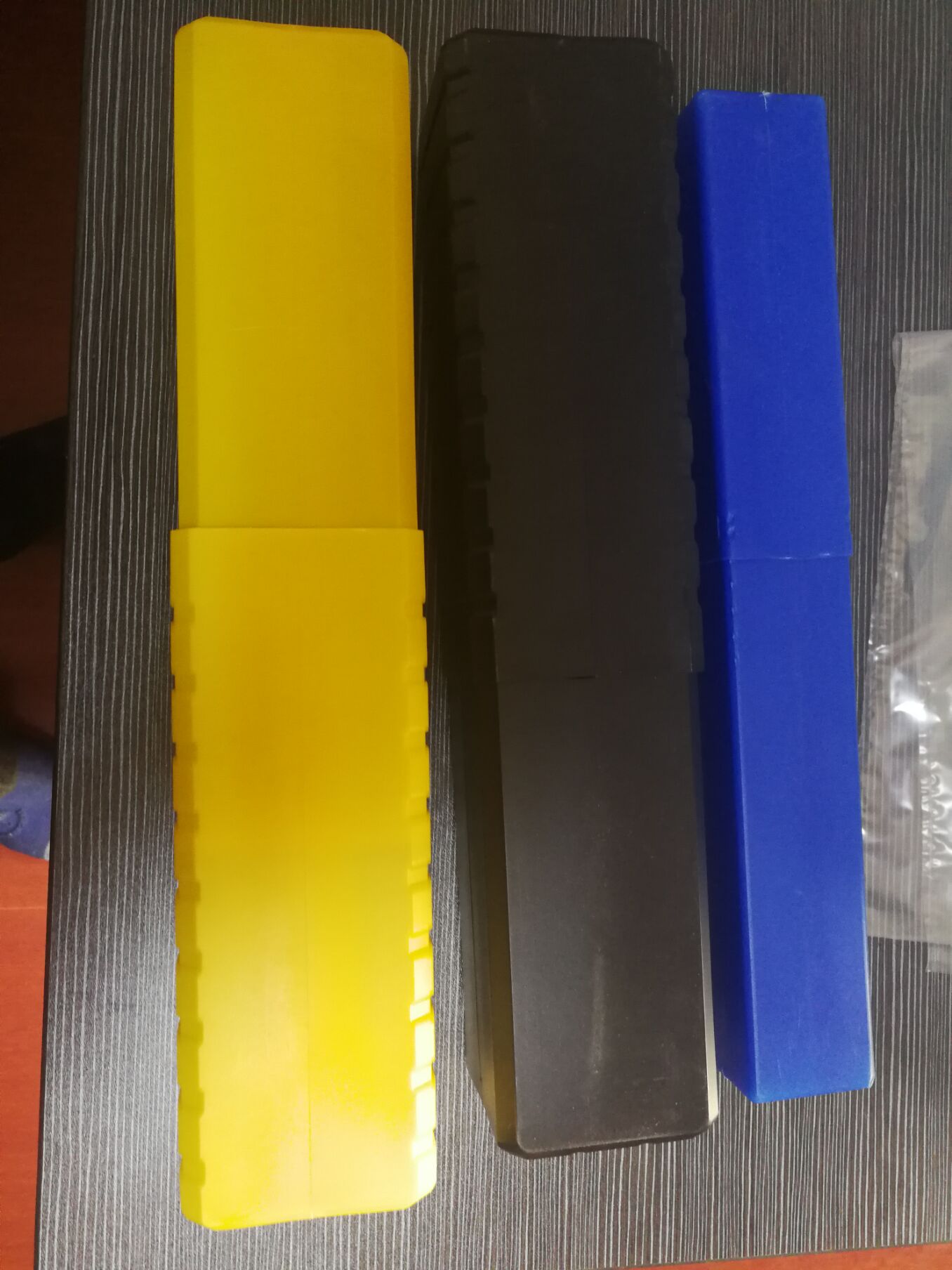stainless electrode welding
Understanding Stainless Steel Electrode Welding
Stainless steel has become a pivotal material in various industries due to its excellent corrosion resistance, aesthetic appeal, and durability. One of the methods used to join stainless steel components is electrode welding, which is crucial for ensuring strong and reliable welds in various applications. This article delves into the fundamentals of stainless steel electrode welding, its advantages, techniques, and important considerations.
What is Stainless Steel Electrode Welding?
Electrode welding, commonly known as Shielded Metal Arc Welding (SMAW), utilizes a consumable electrode coated with a flux. The process involves creating an electric arc between the electrode and the workpiece, which melts both the electrode and a portion of the base material. This molten metal then solidifies, forming a strong joint. The flux coating generates a gas shield that protects the molten weld pool from atmospheric contamination, which is particularly important when working with stainless steel, as it is susceptible to oxidation.
Advantages of Electrode Welding for Stainless Steel
1. Versatility Stainless steel electrode welding can be applied in various positions (flat, horizontal, vertical, and overhead) and can be used to weld thicker materials effectively.
2. Portability The equipment needed for SMAW is relatively portable, making it suitable for fieldwork and maintenance applications.
3. Cost-Effectiveness Compared to other welding methods, covered electrode welding is generally more affordable in terms of equipment and operational costs, making it accessible for many projects, especially in small-scale applications.
stainless electrode welding

Common Techniques and Electrode Types
When welding stainless steel, it’s essential to choose the correct type of electrode. Commonly used electrodes for stainless steel welding include E308L for 304 and 308 stainless steel grades, and E316L for 316 stainless steel. The choice of electrode affects the composition of the filler material and ultimately the properties of the weld.
The technique involves maintaining a steady hand and a consistent angle as the welder moves the electrode along the joint. Proper travel speed and arc length are crucial to ensure adequate penetration and avoid defects such as undercutting or excessive spatter.
Important Considerations
1. Cleaning the Surface Although electrode welding requires less preparation, it is crucial to thoroughly clean the surface of the stainless steel to remove any contaminants such as oil, rust, or previous coatings that could affect weld quality.
2. Heat Control Stainless steel has a relatively low heat tolerance. Managing the heat input during welding is vital to prevent issues like warping or distortion. This can often be achieved by using a lower amperage setting.
3. Post-Weld Treatment After welding, a post-weld heat treatment might be necessary to relieve stresses and enhance corrosion resistance. Pickling and passivation processes may also be employed to restore the protective oxide layer.
Conclusion
Stainless steel electrode welding is a valuable technique that combines efficiency, versatility, and cost-effectiveness. By understanding the materials, techniques, and critical considerations involved, welders can produce high-quality joints that meet the demanding standards of various applications. As industries continue to rely on stainless steel for its unique properties, mastering the nuances of electrode welding will remain an essential skill for welders in the field.
-
Best MIG Welding No Gas Flux Core Solution – Easy, Portable & Clean WeldingNewsJul.08,2025
-
7018 Welding Rod 3/16 - High Strength, Low Hydrogen Electrodes Wholesale 3/32 Welding Rod 7018 Suppliers & China 7018 AC Welding Rod FactoryNewsJul.08,2025
-
High Quality MIG Aluminium Welding Wire - Wholesale Factory Prices from China SuppliersNewsJul.07,2025
-
High-Quality Gasless Aluminum Welding Wire China Gasless Aluminum MIG Wire SupplierNewsJul.07,2025
-
High Quality Ordinary Welding Rod for Pipes – Reliable China Welding Rod 7016 SupplierNewsJul.06,2025
-
Welding Wire 0.9 mm ER70S-6 Supplier Wholesale Manufacturers & FactoriesNewsJul.06,2025


